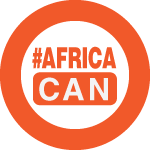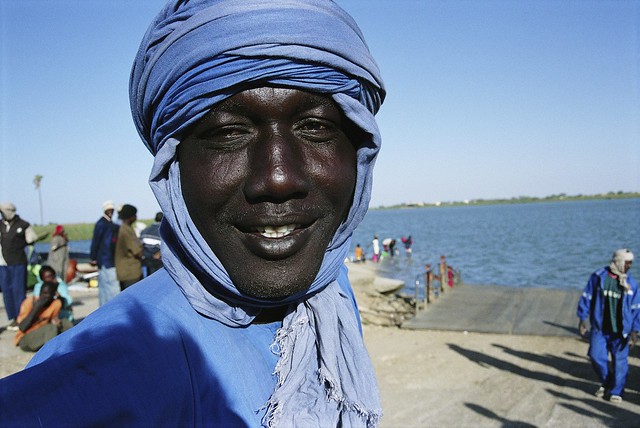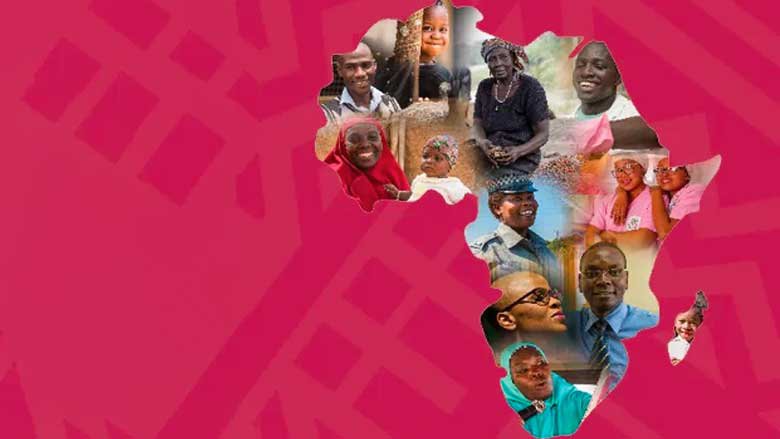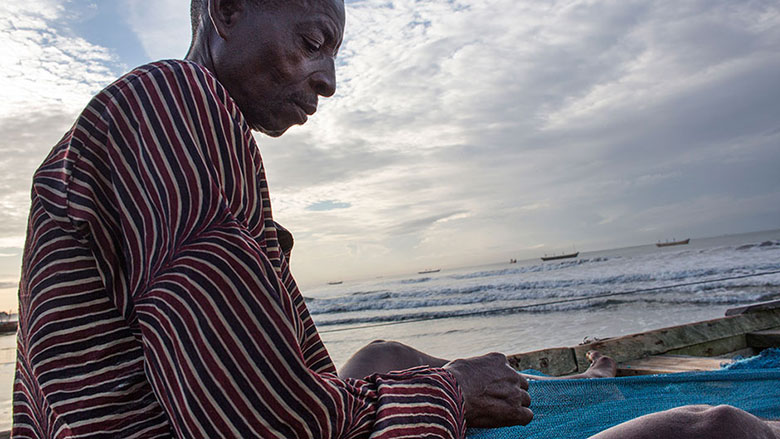Zambia is a large, landlocked, resource-rich country with sparsely populated land in the center of Southern Africa. It shares its border with eight countries (Angola, Botswana, Democratic Republic of Congo, Malawi, Mozambique, Namibia, Tanzania, and Zimbabwe) that expands its regional market for goods and services.
Zambia is experiencing a large demographic shift and is one of the world’s youngest countries by median age. Its population, much of it urban, is estimated at about 19. 6 million (2021) with a rapid growth rate of 2.7% per year, reflecting the relatively high fertility rate. As the large youth population attains reproductive age, the population is anticipated to double in the next 25 years, resulting in additional pressure on the demand for jobs, health care, and other social services.
Macroeconomic Developments and Outlook
As Zambia's economy was still rebounding from the COVID-19 recession, it faced a severe drought exacerbated by El Niño, impacting 9.8 million people across 84 districts. This climatic disaster has slowed real GDP growth to 1.9% year-on-year (y-o-y) in the first half (H1) of 2024 from 4.3% during H1 2023, reflecting contractions in the agriculture and energy sectors, and subdued performance in administrative and support services, despite some gains in mining. After narrowing and slipping into deficit in 2023, the current account is beginning to show signs of recovery, edging back into surplus in Q2 thanks to increased grants from cooperating partners, remittances, and reduction in imports. Coupled with fiscal prudence and monetary restraint, these factors have helped to slow the pace of exchange rate depreciation and the increase in inflation. Gross official reserves improved to $3.9 billion covering five months of imports at end-June 2024 amid improved net capital inflows and FX deposits.
Progress on debt restructuring, including a recent exchange of Eurobonds for two new notes approved by official creditors and the IMF, is paving the way for exchange rate stability, which is expected to bolster macroeconomic stability and reduce inflation in the medium term. Despite a growth deceleration in 2024 due to the devastating effects of the drought on agriculture and hydroelectricity generation, the economy is expected to rebound, with growth projected to average 6.3% annually in 2025–26. This optimistic outlook assumes increased mining production, effective implementation of reforms, restoration of debt sustainability, and normalization of rainfall patterns. By the end of June 2024, Zambia had received mining investment pledges exceeding $7 billion for new and expansion projects, which are expected to boost inflows and services related to mining, supporting future exports and FX earnings.
Zambia is seeking to leverage its several economic opportunities provided by rich natural resources and its pivotal geographic location in southern Africa to improve livelihoods and tackle high poverty and unemployment. Poverty reached 64.3% of the population in 2022, up from 54.4% in 2015, worsened by limited job creation and declining labor earnings. The urban population recorded the highest reversal, with an 8.5 percentage point increase in poverty incidence reaching 31.9% in 2022. The spike is undoubtedly linked to the COVID-19 pandemic and the ensuing debt crisis. However, the growth deceleration that preceded the crises was already manifesting in weakening labor market indicators such as formal employment and earnings. Meanwhile, rural poverty remained widespread and stagnant, surpassing 75% since 2010. Rural/urban disparities in access to essential services remain stark, hindering human capital development and labor productivity.
Political Context
Zambia gained its independence in 1964, under the leadership of first President Kenneth Kaunda. The nation is considered a stable country with successful democratic elections held every five years. After many years of a one-party state, Zambia became a multi-party state in 1991.
Zambia’s democracy is evident by the nine Presidential elections and four different political parties that have so far ruled the country. Among them are the United National Independence Party (UNIP 1964-1991), Movement for Multiparty Democracy (MMD 1996-2011), Patriotic Front (PF2011-2021), and currently the United Party for National Development (UPND). The current President Hakainde Hichilema of the UPND was elected in August 2021, after defeating then-incumbent President Edgar Lungu of the Patriotic Front. The next presidential elections in Zambia will be held on August 12, 2026.
Last Updated: Oct 09, 2024








